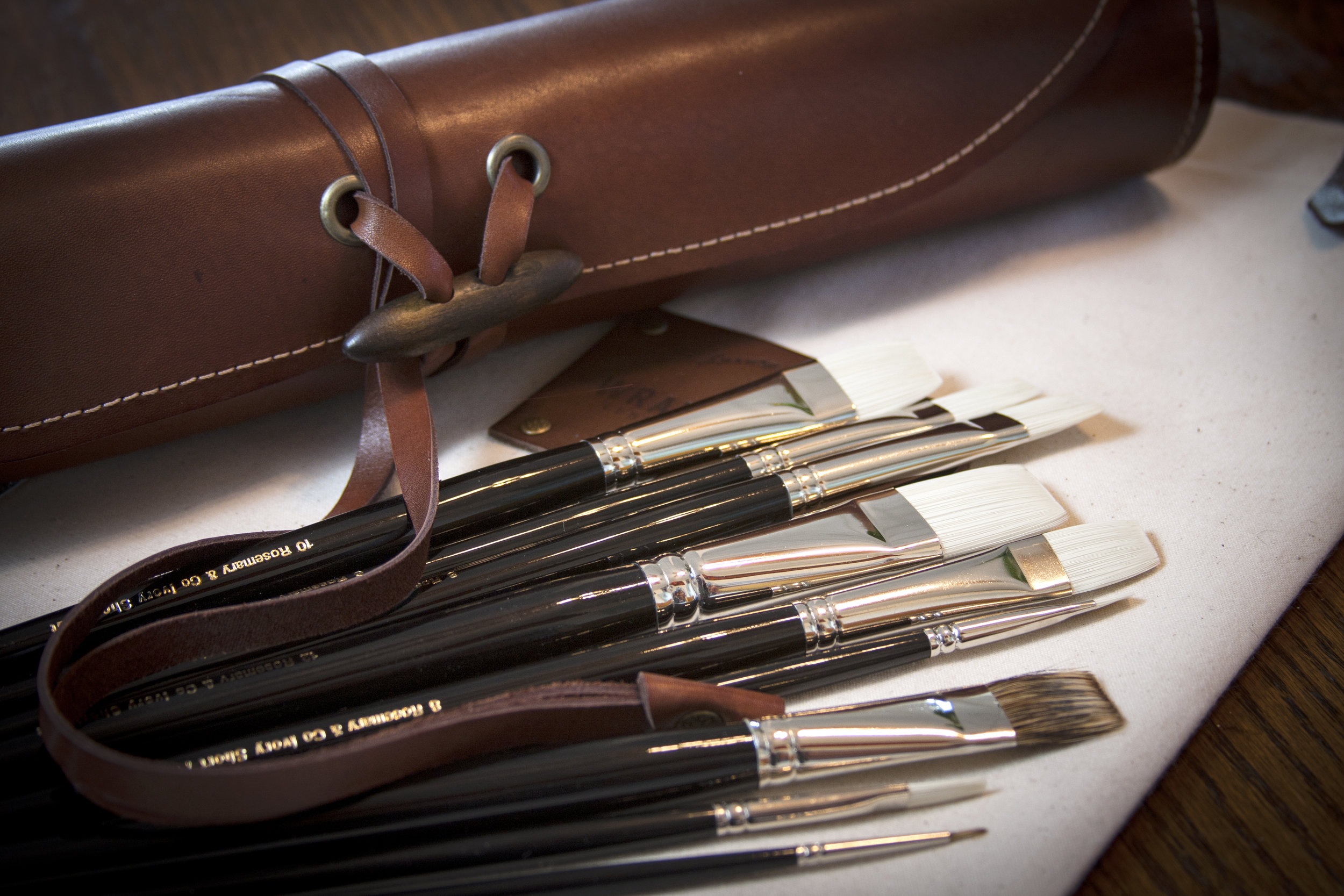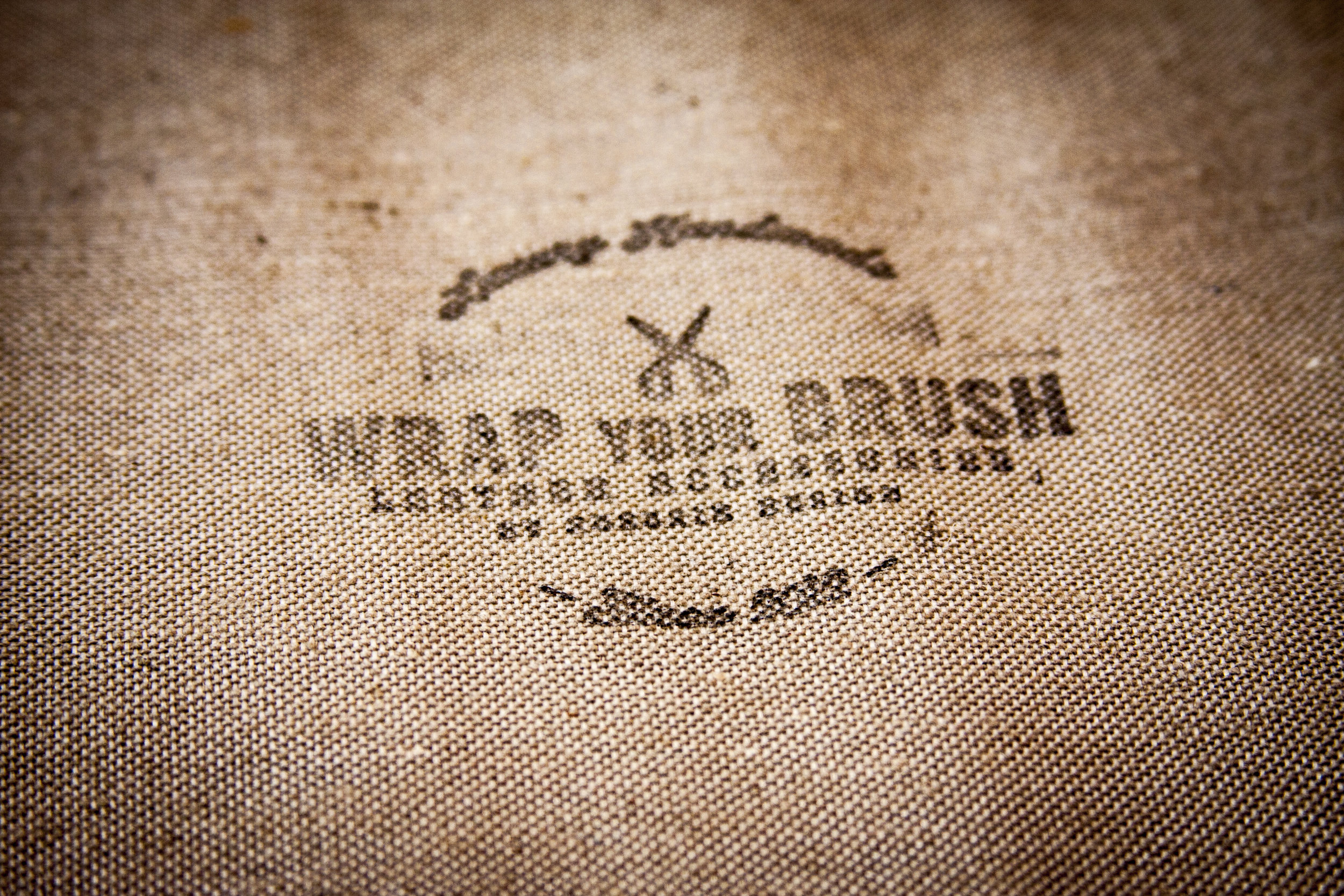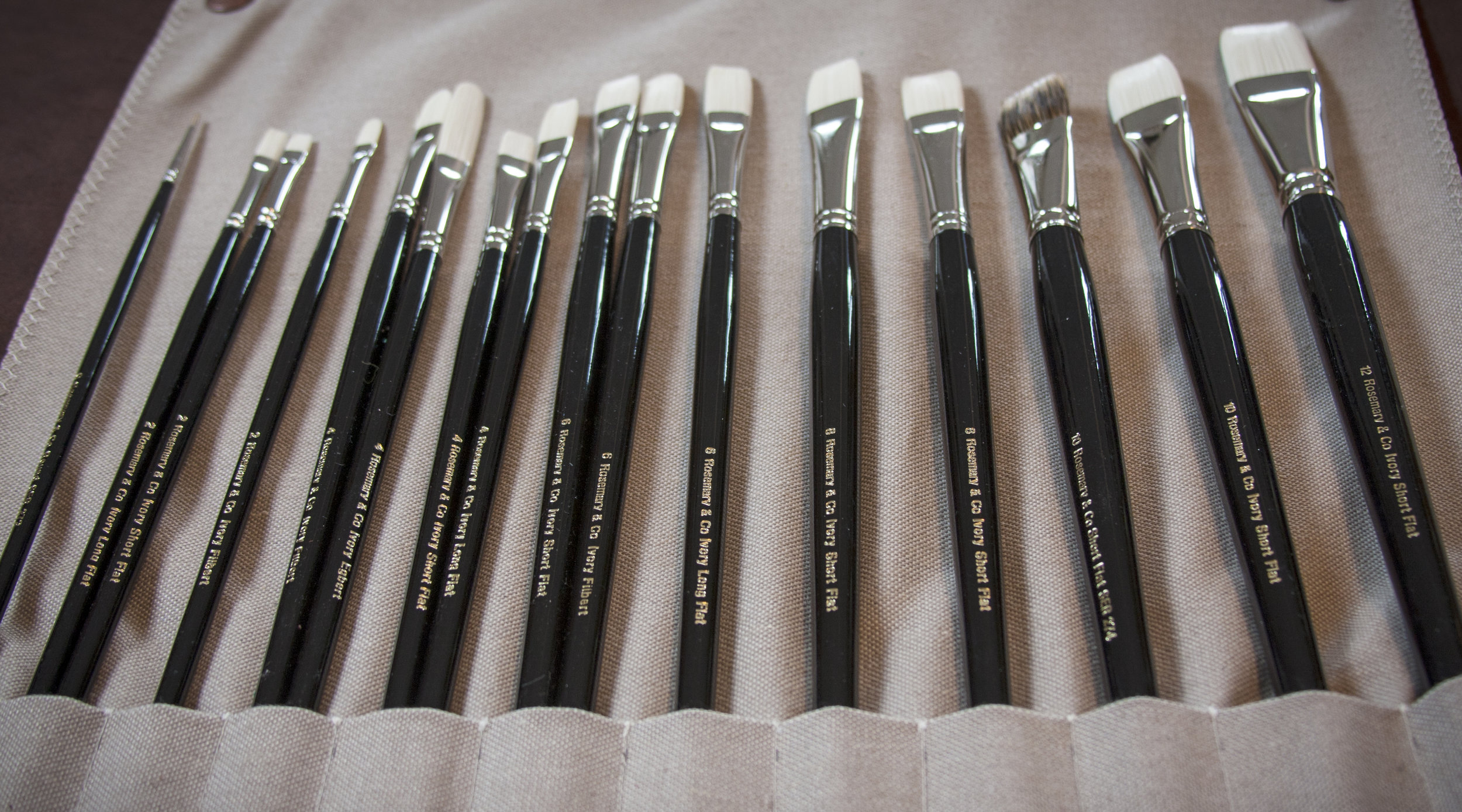I inquired about the relevance of painting in today's world, especially as AI becomes increasingly prominent in commercial art. The response I received was thought-provoking. I'd love to hear your thoughts on the subject.
Introduction
The advent of artificial intelligence (AI) has revolutionized various fields, and the art world is no exception. AI-generated art is rapidly gaining traction, transforming commercial markets and challenging traditional notions of creativity. However, the rise of AI art raises questions about the relevance and value of original paintings created by human artists. This analysis explores the enduring significance of human-made art amidst the growing prominence of AI-generated works.
Historical and Cultural Significance
Original paintings by human artists hold immense historical and cultural value. They serve as tangible records of human experiences, societal norms, and artistic movements throughout history. These works are often deeply intertwined with the cultural identity and heritage of societies, providing insights into different eras and civilizations. AI-generated art, while innovative and intriguing, lacks this historical depth and cultural context. Human-created art connects us to our past, offering a continuity that AI art cannot replicate.
Emotional and Psychological Impact
Human art is imbued with the emotions, thoughts, and intentions of its creators. This personal touch resonates with viewers on a profound level, evoking a range of emotional responses. The unique brushstrokes, color choices, and compositions in human paintings reflect the artist’s personality and inner world, creating a sense of intimacy between the artwork and the audience. AI art, despite its technical prowess, often lacks this emotional depth and personal connection. The absence of a human creator behind the artwork can make AI-generated pieces feel impersonal and detached.
Creativity and Originality
Creativity is a hallmark of human art. It involves the ability to innovate, take risks, and push boundaries. Human artists draw inspiration from their surroundings, experiences, and emotions, resulting in a diverse array of styles and expressions. AI, on the other hand, operates within the parameters set by its programming and the data it has been trained on. While AI can mimic and even create novel combinations, it lacks the intrinsic motivation and intuition that drive human creativity. The originality and unpredictability of human art remain unparalleled.
Ethical Considerations
The rise of AI art brings forth several ethical concerns. One major issue is the potential for copyright infringement. AI algorithms often rely on vast datasets of existing artworks to generate new pieces, raising questions about the ownership and originality of AI-created works. Additionally, the commercial use of AI art can undermine the livelihoods of human artists. As AI-generated art becomes more prevalent in the commercial market, there is a risk of devaluing human-made art and marginalizing human artists. Ensuring fair compensation and recognition for human creativity is crucial in this evolving landscape.
Market Dynamics
Despite the increasing popularity of AI art, original human-made paintings continue to hold significant value in the art market. Collectors and enthusiasts often seek out human-created art for its uniqueness, historical significance, and emotional depth. The authenticity and rarity of original paintings can make them highly desirable and valuable assets. While AI art may dominate certain commercial sectors, such as digital media and advertising, the market for traditional, human-created art remains robust. This coexistence highlights the complementary rather than competitive relationship between AI and human art.
Artistic Skill and Mastery
The creation of original paintings requires a high level of skill and mastery. Artists spend years honing their craft, developing techniques, and perfecting their style. This dedication and expertise are evident in the quality and intricacy of their works. AI, although capable of producing impressive art, cannot replicate the nuanced skill and manual dexterity of human artists. The tangible presence of the artist’s hand in a painting is a testament to their talent and dedication, something that AI-generated art cannot emulate.
Future Prospects
Looking ahead, the integration of AI into the art world presents both opportunities and challenges. AI can be a powerful tool for artists, offering new ways to experiment and create. Collaborative projects between human artists and AI can result in innovative and groundbreaking works. However, it is essential to strike a balance that preserves the value and significance of human creativity. Encouraging the ethical use of AI, promoting the work of human artists, and fostering an appreciation for the unique qualities of human-made art are vital steps towards a harmonious coexistence.
Conclusion
The rapid evolution of AI art undoubtedly reshapes the commercial art market, but the relevance of original paintings by human artists endures. Human-created art carries historical, cultural, emotional, and ethical dimensions that AI art cannot fully replicate. While AI offers new possibilities and challenges, the intrinsic value of human creativity and mastery remains irreplaceable. By recognizing and preserving the unique contributions of human artists, we can ensure a vibrant and diverse art world where both AI and human art coexist and enrich our cultural landscape.







